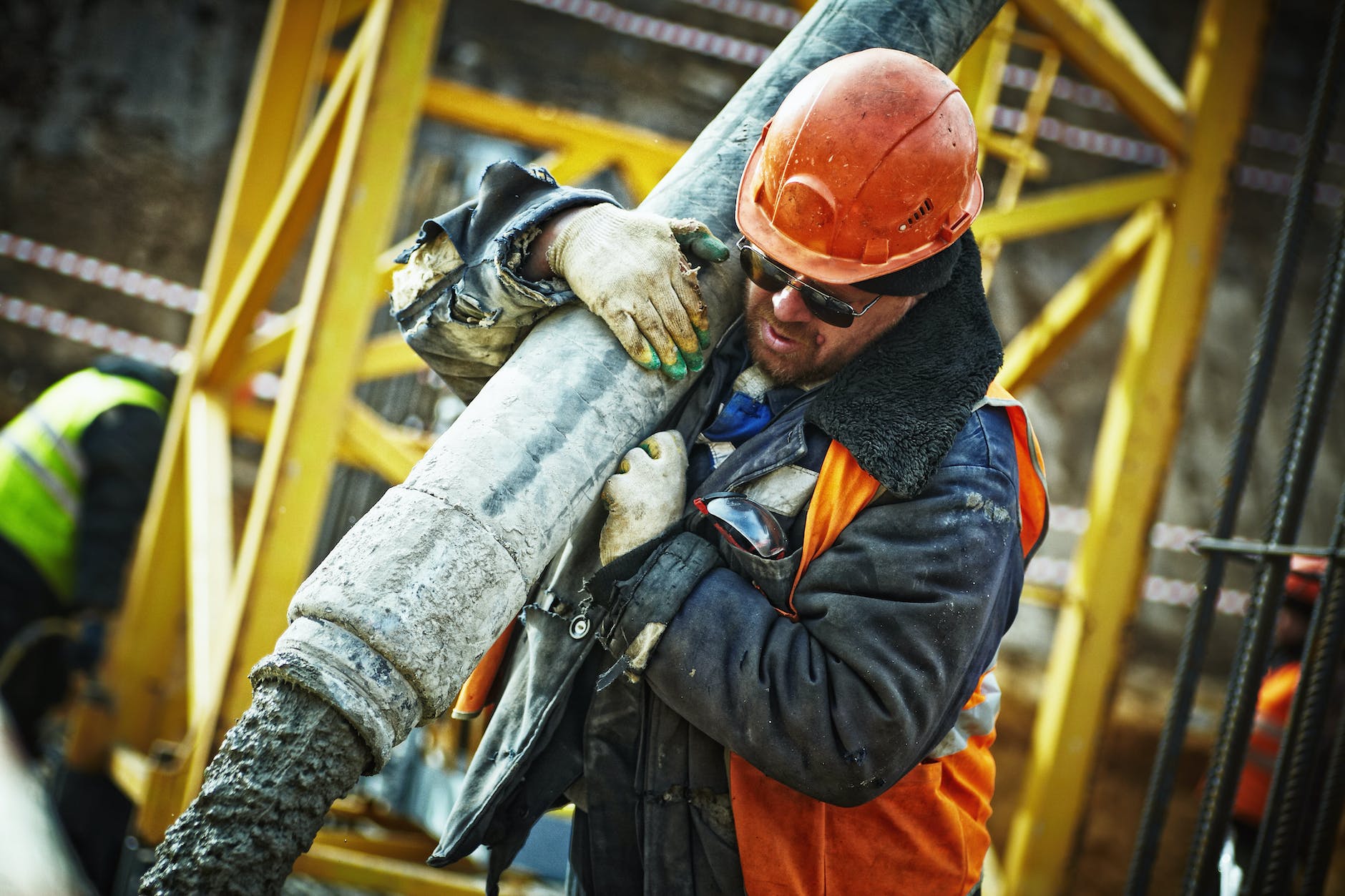
How To Become a Rigger
Introduction to Becoming a Rigger
How To Become a Rigger : Becoming a rigger is a promising career choice for individuals who enjoy working with heavy equipment, ensuring safety, and contributing to various industries’ operations. In this article, we will explore the steps and requirements to become a skilled rigger.
What is a Rigger?
A rigger is a professional responsible for safely lifting, moving, and securing heavy objects and equipment. They play a crucial role in construction, shipyards, and various other industries.
Why Become a Rigger?
Riggers are in high demand due to their essential role in ensuring the safe and efficient movement of heavy loads. This career offers job security and competitive salaries.
Importance of Rigging in Various Industries
Rigging is vital in construction, maritime, and entertainment industries, among others. It’s needed wherever heavy equipment or materials need to be transported or positioned.
Educational Requirements
To become a proficient rigger, there are certain educational paths and requirements you need to consider.
High School Diploma or Equivalent
Most rigging jobs require a high school diploma or its equivalent. It’s important to have a strong foundation in mathematics, physics, and mechanical drawing.
Vocational Training
Vocational schools offer programs in rigging that provide hands-on training and a deep understanding of the trade.
Apprenticeships
Consider joining a rigging apprenticeship program, which combines classroom instruction with practical experience under the guidance of experienced riggers.
Essential Skills for Rigging
Becoming a rigger is not just about education; you need specific skills to excel in this profession.
Physical Fitness
Riggers must be physically fit, as the job often requires lifting heavy objects and working in physically demanding conditions.
Mechanical Aptitude
Understanding the mechanics of various equipment is crucial for riggers to perform their tasks efficiently and safely.
Problem-Solving Skills
Riggers need to think on their feet, adapt to unexpected situations, and find solutions to complex rigging challenges.
Communication Skills
Effective communication is essential when working with a team to ensure everyone understands their role and follows safety procedures.
Certification and Licensing
Obtaining the necessary certifications and licenses is an important step in becoming a rigger.
Rigging Certification
Many employers require riggers to hold certifications from recognized organizations. These certifications demonstrate your competence in rigging practices.
Specialized Certifications
Depending on your specific field of rigging, you may need additional certifications, such as crane operation or industrial equipment handling.
Licensing Requirements
In some regions, riggers must obtain a license to legally operate specific equipment. Make sure to research the licensing requirements in your area.
Gaining Practical Experience
Education and certification are valuable, but practical experience is equally important.
On-the-Job Training
Many riggers start by working as laborers or assistants to experienced riggers, learning the trade through hands-on experience.
Apprenticeships
Joining a rigging apprenticeship program is an excellent way to gain practical experience while learning from experienced professionals.
Internships
Consider internships with companies that specialize in rigging services. It’s a great way to start your career and build your network.
Equipment and Tools
Riggers must be familiar with various equipment and tools used in their trade.
Familiarity with Rigging Equipment
Knowing how to use and maintain rigging equipment is crucial for safety and efficiency.
Safety Gear and Regulations
Understanding safety regulations and wearing the appropriate safety gear is a top priority for riggers to prevent accidents and injuries.
Safety Measures in Rigging
Safety is paramount in rigging, and there are specific measures you should follow.
Safety Protocols
Riggers should adhere to strict safety protocols to ensure their safety and the safety of others on the job site.
Risk Assessment
Performing risk assessments before starting a rigging job helps identify potential hazards and plan for safe execution.
Emergency Response Training
Riggers should receive training in emergency response procedures to handle unexpected situations effectively.
Finding Employment Opportunities
Once you’re prepared, it’s time to search for employment opportunities in the rigging industry.
Job Search Strategies
Use job search platforms, attend career fairs, and network with industry professionals to find job openings.
Networking
Building a network of contacts in the industry can help you discover hidden job opportunities.
Job Portals and Listings
Browse online job portals and listings to identify companies looking for riggers.
Salaries and Benefits
Understanding the financial aspect of a rigger’s career is essential.
Average Rigger Salaries
The average salary for riggers varies depending on experience, location, and industry, but it often provides competitive pay.
Benefits and Perks
Some employers offer additional benefits, such as health insurance, retirement plans, and bonuses.
Career Advancement
A career in rigging offers opportunities for growth and specialization.
Specialization
Riggers can specialize in certain areas, such as crane operation, theatrical rigging, or underwater rigging.
Supervisory Roles
Experienced riggers may advance to supervisory or management roles, overseeing teams and projects.
Continuing Education
Staying updated on the latest rigging techniques and technologies is vital for career advancement.
Conclusion
Becoming a rigger requires a combination of education, practical experience, and ongoing commitment to safety. It’s a rewarding career with opportunities for growth and specialization.
Types of Cranes Used in Construction
Rigging Hazards and Precautions
How to Calculate Crane Load Capacity Without a Load Chart
FAQs
1. How long does it take to become a certified rigger?
The time it takes to become a certified rigger can vary. Some achieve certification within a few months, while others may take several years, depending on their chosen path and the specific certifications required.
2. Are there age restrictions to become a rigger?
There are usually no specific age restrictions for becoming a rigger, but physical fitness and the ability to meet the job’s demands are essential.
3. Can I become a rigger without a formal education?
While a formal education can be beneficial, it is possible to become a rigger through on-the-job training and practical experience. However, certifications are often necessary.
4. What industries demand riggers the most?
Industries like construction, maritime, and entertainment have a high demand for skilled riggers due to their reliance on heavy equipment and materials.
5. How can I find rigging job opportunities in my area?
You can find rigging job opportunities in your area by searching online job portals, attending industry events, and networking with professionals in the field.
























